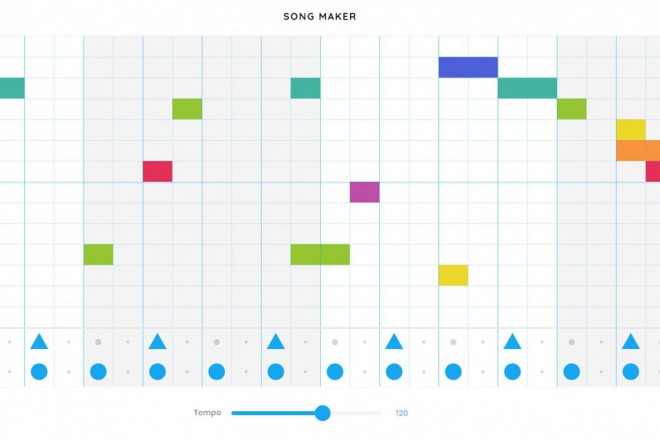

First, a chordwise approach that considered every combination of notes sounding at one time as an individual “chord”, and assigned a token to each chord. We experimented with several different ways to encode the MIDI files into tokens suitable for this task. The transformer is trained on sequential data: given a set of notes, we ask it to predict the upcoming note. Additionally, we used the MAESTRO dataset. ClassicalArchives and BitMidi donated their large collections of MIDI files for this project, and we also found several collections online, including jazz, pop, African, Indian, and Arabic styles. So crank up the volume and start playing at g.co/musiclab.We collected training data for MuseNet from many different sources. We hope these experiments inspire you – whether they give you a new perspective on music, make you more curious about math and science, or even make you think of new ways to teach or code. We’re also providing open-source code so that others can build new experiments based on what we’ve started.Įxploring music can help spark curiosity in all kinds of ways.

Just like today’s Clara Rockmore doodle, the experiments are all built with the Web Audio API, a freely-accessible, open web standard that lets developers create and manipulate sound right in the browser. Chrome Music Lab is all built for the web, so you can start playing instantly, whether you’re on a tablet, phone, or laptop. You can play with sound, rhythm, melody, and more. It’s called Chrome Music Lab, and you can check it out at g.co/musiclab. We built a set of experiments that let anyone explore how music works. This year, for Music in Our Schools Month, we wanted to help make learning about music a bit more accessible to everyone by using technology that’s open to everyone: the web.


 0 kommentar(er)
0 kommentar(er)
